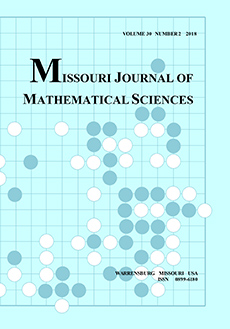Abstract
Let $S = \{ z = x + yj \ \vert \ x \text{ and } y \text{ real }, -\pi \lt y \le \pi \}$ or equivalently, after an appropriate adjustment of the residue of $y$ modulo $2\pi$, $S = \{ z = x+y \pmod {2\pi} j \ \vert \ x \text{ and } y \text{ real} \}$, a horizontal strip. Let $S_B = S U \{ -\infty \}$. Also, let $z = x_1 + y_1 j$ and $w = x_2 + y_2 j \in S_B$. Define an operation $\oplus$, called blackhole-multiplication on $S_B$ as $$z \oplus w = (x_1 + x_2 ) + [(y_1 + y_2 ) \mod (2\pi) ] j$$ if both $z$ and $w$ are in $S$; otherwise $z \oplus w = -\infty$.
Now define $z \otimes w = \log (e^z + e^w)$. Let $C$ be the complex field. Then $(C, +, \cdot ) \cong (S_B, \otimes, \oplus )$, a parallel universe where some defiant differential equations are taught humility.
Blackhole signal processing yields a new superposition.
And there exists a blackhole meta-algorithm which accelerates any program in which multiplication and exponentiation dominate addition and subtraction.
Citation
David Choate. "Blackhole Analysis." Missouri J. Math. Sci. 11 (2) 121 - 135, Spring 1999. https://doi.org/10.35834/1999/1102121
Information




